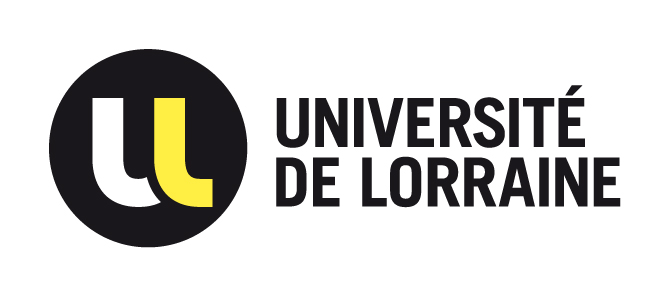Links for finding articles
Specialized versions of general search engines
scholar.google.com
academic.research.microsoft.com
UL ENT (BU drop-down menu “revues en ligne”)
Medscape : medscape.com/medscapetoday/journals
Pubmed : ncbi.nlm.nih.gov/pubmed
Information about clinical trials
US : http://clinicaltrials.gov/ct2/home
UK : http://www.ct-toolkit.ac.uk/
Presentation design
Carter, M. (2013). Designing science presentations: a visual guide to figures, papers, slides, posters, and more. Amsterdam: Elsevier/Academic Press.
A very recent book with some excellent chapters.
Clinical research
Glasser, S. P. (2008). Essentials of clinical research. New York: Springer.
A relatively accessible overview
Citation Generators
There are many of these available on the web, and a quick search for the above terms will produce a great number of useful links, such as the very comprehensive http://www.citethisforme.com


